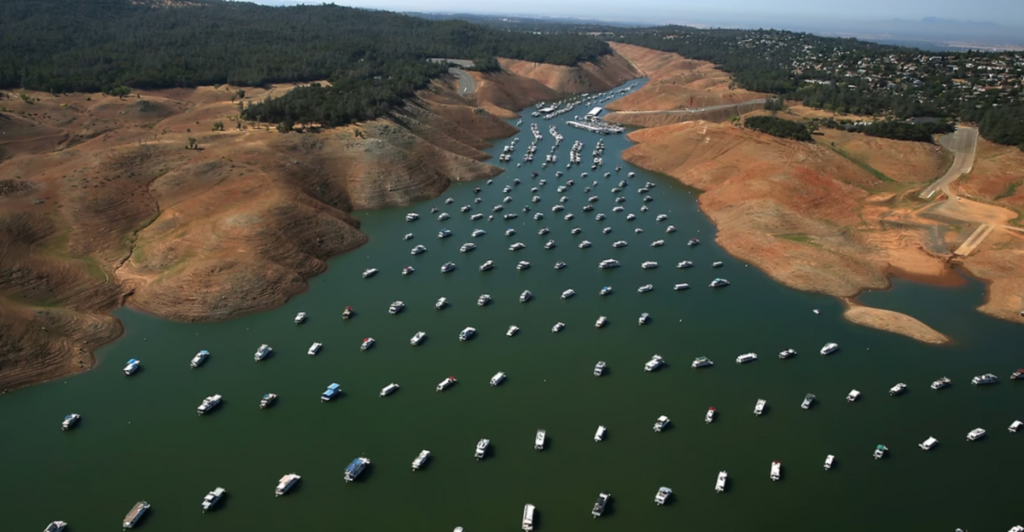
Lake Shasta, California’s largest reservoir, has experienced significant fluctuations in water levels due to persistent drought conditions over the past decade. Recent data indicates a notable recovery, with the lake reaching 90% of its capacity in early 2025, surpassing historical averages for this time of year.
This resurgence has reignited debates among policymakers, environmentalists, and local communities, positioning Lake Shasta’s recovery as a barometer for broader political and environmental discussions in the state. The reservoir’s water levels reflect not merely climatic patterns but also intricate water management policies and infrastructural decisions. Proposals to raise the Shasta Dam to increase water storage capacity have been met with both support and opposition.
Proponents argue that an elevated dam would enhance water security for agricultural and urban needs, while opponents cite environmental concerns and potential violations of state law. The discourse surrounding these proposals underscores the complex interplay between ecological stewardship and economic development.
Historical Context: Drought’s Grip on Lake Shasta
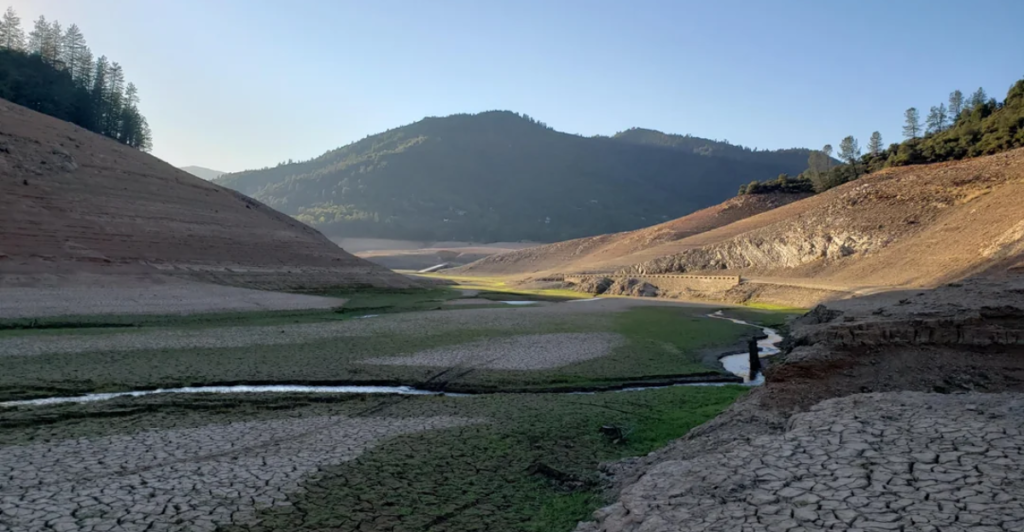
Lake Shasta has been emblematic of California’s struggle with drought. In 2022, the reservoir’s capacity dwindled to a mere 33%, jeopardizing water supplies for agriculture, municipalities, and ecosystems. This decline highlighted the state’s water infrastructure vulnerabilities and the pressing need for adaptive management strategies.
The prolonged drought affected water availability and affected local economies and biodiversity. Reduced water levels impaired hydroelectric power generation and compromised habitats for aquatic species, notably salmon populations that rely on cold water releases from the reservoir. These multifaceted challenges have necessitated a reevaluation of water management practices and policies.
The Role of Climate Change in Water Variability
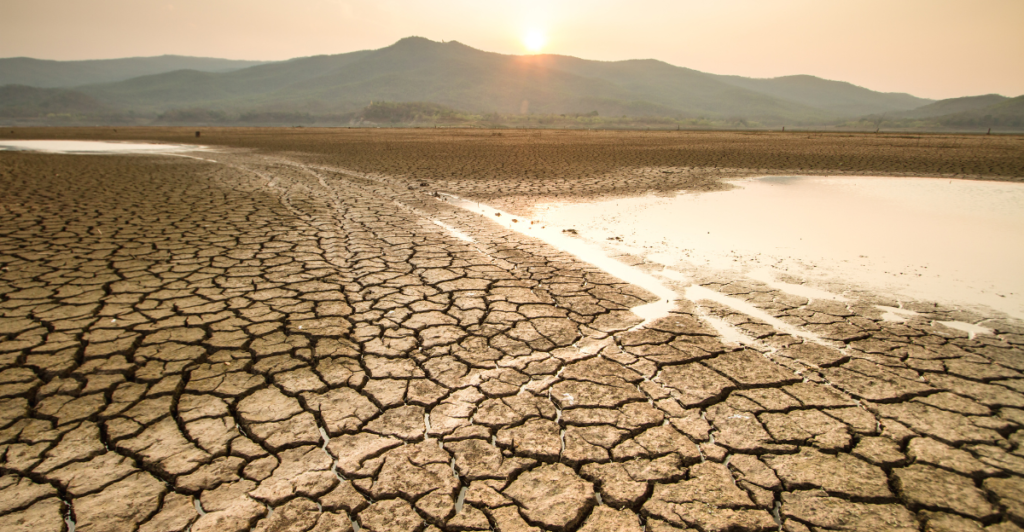
Climate change has exacerbated the unpredictability of precipitation patterns in California, leading to more severe droughts and, conversely, intense rainfall events. These extremes challenge reservoirs like Lake Shasta, which must balance flood control with water storage.
The recent recovery in water levels can be attributed to a series of atmospheric river events that delivered substantial rainfall to the region.
However, reliance on such episodic events is not a sustainable water management strategy. The increased variability necessitates infrastructural adaptations and policy reforms to enhance resilience against future climatic uncertainties.
Shasta Dam: Expansion Debates and Environmental Concerns
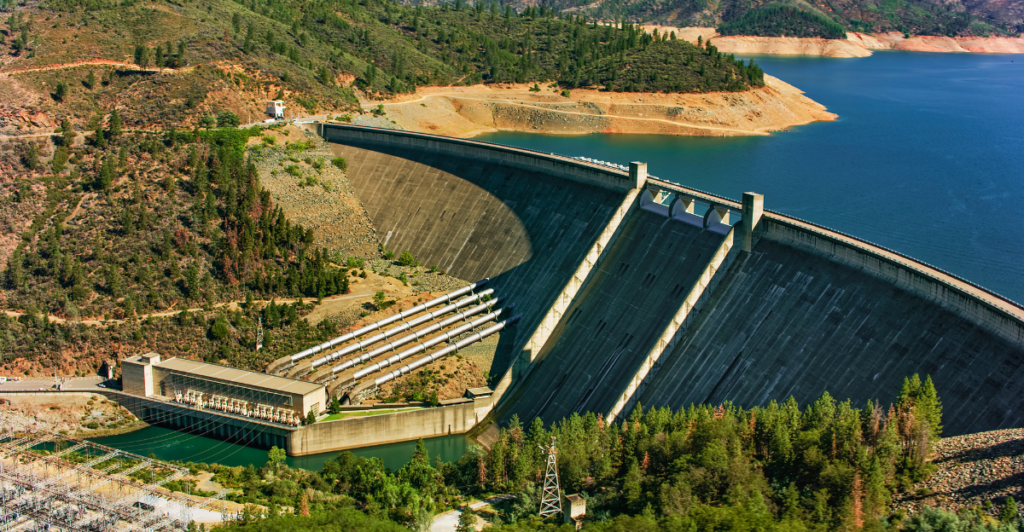
The proposal to raise Shasta Dam by 18.5 feet aims to increase the reservoir’s storage capacity by approximately 14%. Supporters contend this expansion would bolster water reliability for agricultural and urban users. However, environmental groups and indigenous communities have raised concerns about the potential inundation of sacred sites and critical habitats.
The Winnemem Wintu Tribe, for instance, has been vocal in opposing the dam raise, citing threats to cultural heritage and environmental integrity.
These debates highlight the tension between development objectives and environmental justice, reflecting broader national conversations about infrastructure projects on Indigenous lands.
Water Rights and Allocation Challenges
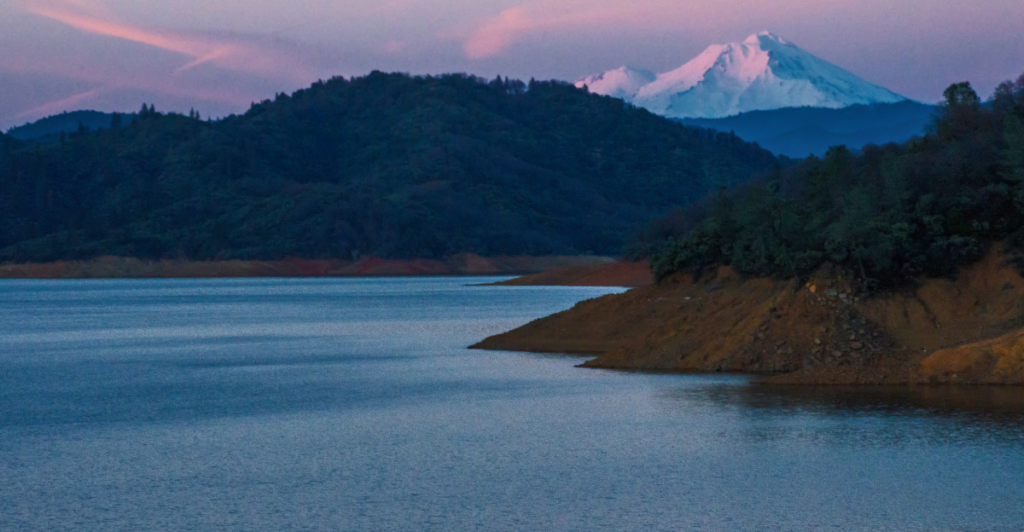
California’s complex water rights system plays a pivotal role in the distribution of resources from Lake Shasta. Senior water rights holders often have priority access, which can lead to disparities during drought conditions.
In Shasta County, for example, certain water districts faced significant shortages due to their junior status in the water rights hierarchy.
This system has prompted discussions about the need for reform to ensure equitable water distribution, especially as climate change intensifies resource scarcity.
Economic Implications of Water Level Fluctuations

The water levels of Lake Shasta have direct economic implications for the surrounding communities. The reservoir supports agricultural irrigation, hydroelectric power generation, and recreational activities.
During periods of low water levels, local economies suffer from reduced agricultural yields, increased energy costs, and declines in tourism.
Conversely, the recent recovery has revitalized recreational industries, with increased boating and fishing activities contributing to economic growth. This underscores the importance of sustainable water management for financial stability.
Environmental Restoration Efforts
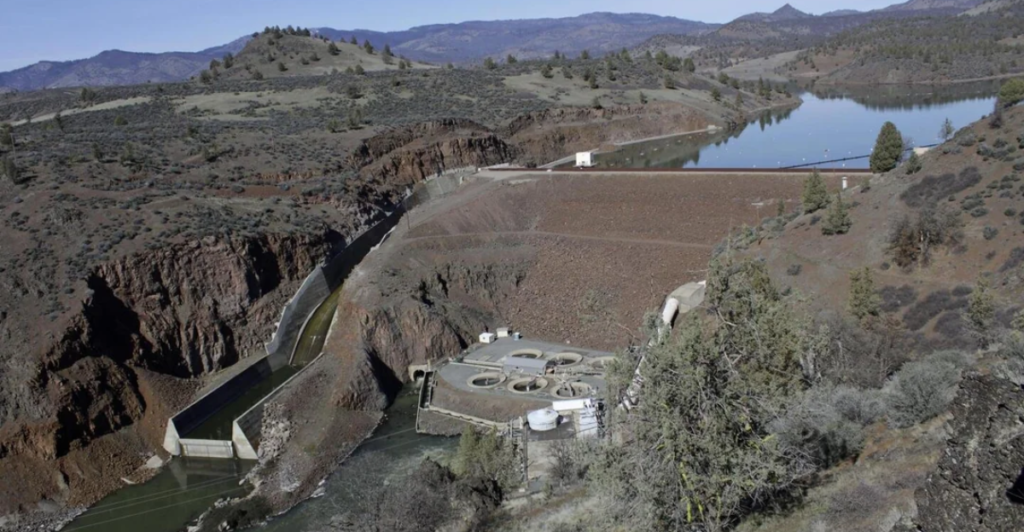
Efforts to restore the ecological health of areas affected by water infrastructure projects have gained momentum. For instance, the recent removal of dams on the Klamath River represents a significant step toward restoring natural river flows and fish habitats.
The Guardian
While not directly related to Lake Shasta, such initiatives reflect a growing recognition of the need to balance human water use with environmental conservation, potentially informing future management decisions for Lake Shasta.
Community Perspectives and Stakeholder Engagement
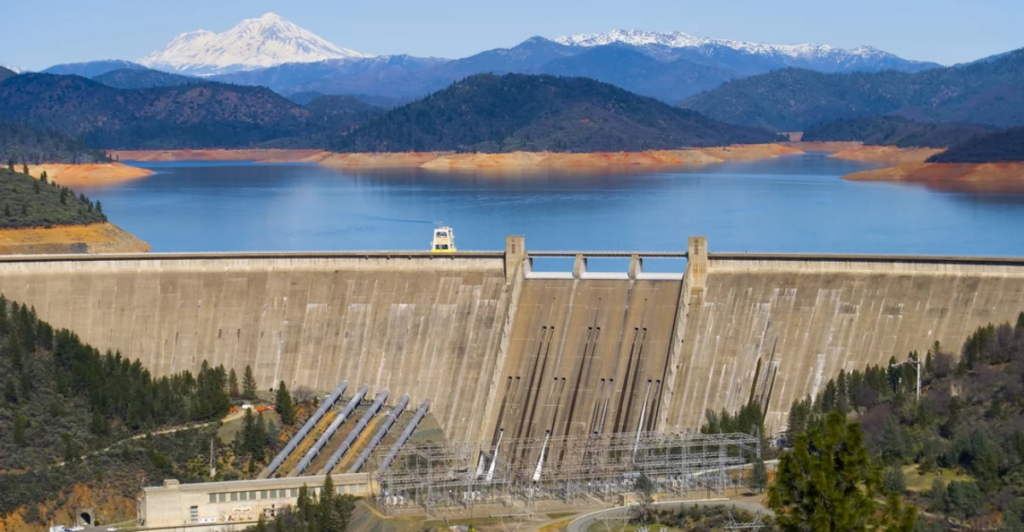
Local communities, including indigenous groups, farmers, and residents, have diverse perspectives on Lake Shasta’s management. Engaging these stakeholders in decision-making is crucial for developing effective and equitable policies.
Public forums, consultations, and participatory approaches can help reconcile differing interests and foster collaborative solutions. Including indigenous knowledge and respect for cultural sites are particularly important in discussions about infrastructural changes like dam expansions.
Policy Implications and Legislative Actions

The ongoing discourse around Lake Shasta has prompted legislative activity at both the state and federal levels. California’s Natural Resources Agency continues to oppose federal efforts to raise the dam, citing violations of the California Wild and Scenic Rivers Act due to potential impacts on the McCloud River.
Meanwhile, Congress has allocated funding for pre-construction studies through federal infrastructure packages, revealing a disconnect between state and federal priorities. These legislative divides symbolize Lake Shasta’s broader political tension between water security goals and environmental conservation efforts.
Lawmakers in Washington have generally supported expanding water storage for agricultural needs in California’s Central Valley, while Sacramento has focused on environmental protections and ecosystem restoration. As the lake refills and drought conditions ease temporarily, lawmakers are watching closely to determine whether the recovery can shift public opinion and policy on water management.
What Lake Shasta Reveals About America’s Water Future
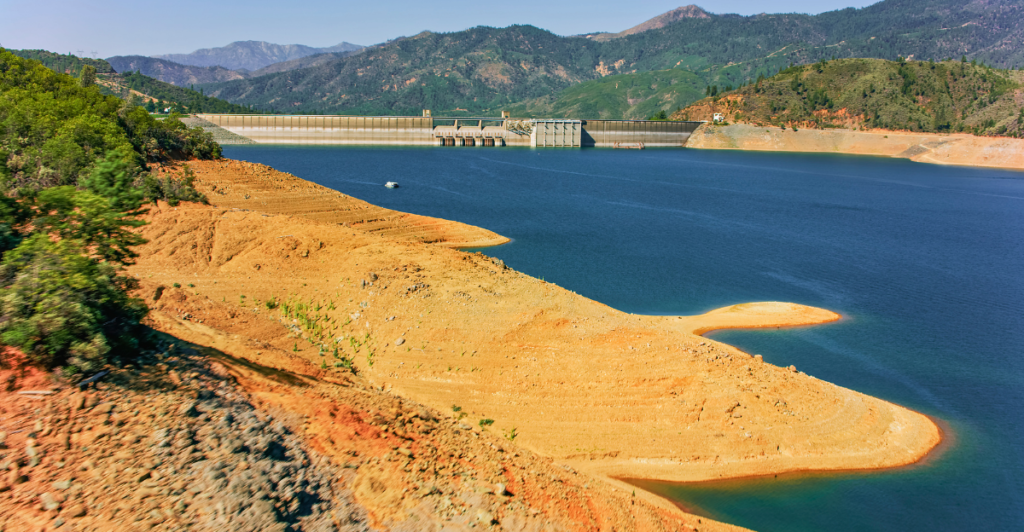
Lake Shasta’s recovery is more than a local success story. It reflects the urgent, nationwide challenge of managing water amid climate change, population growth, and competing demands. The tensions between environmental stewardship, agricultural productivity, and infrastructure investment are not unique to California.
Reservoirs across the American West are under similar pressures, and Lake Shasta offers a timely case study on navigating these complex issues. Whether through dam expansion, policy reform, or improved stakeholder engagement, the decisions made here could inform how the U.S. prepares for an increasingly unpredictable water future.
Transparent science-based policymaking, meaningful inclusion of Indigenous communities, and climate resilience planning will be key to sustainable solutions. As Shasta’s waters rise, so does the urgency for a unified approach that respects ecological limits while securing water for future generations.
Explore more of our trending stories and hit Follow to keep them coming to your feed!

Don’t miss out on more stories like this! Hit the Follow button at the top of this article to stay updated with the latest news. Share your thoughts in the comments—we’d love to hear from you!







